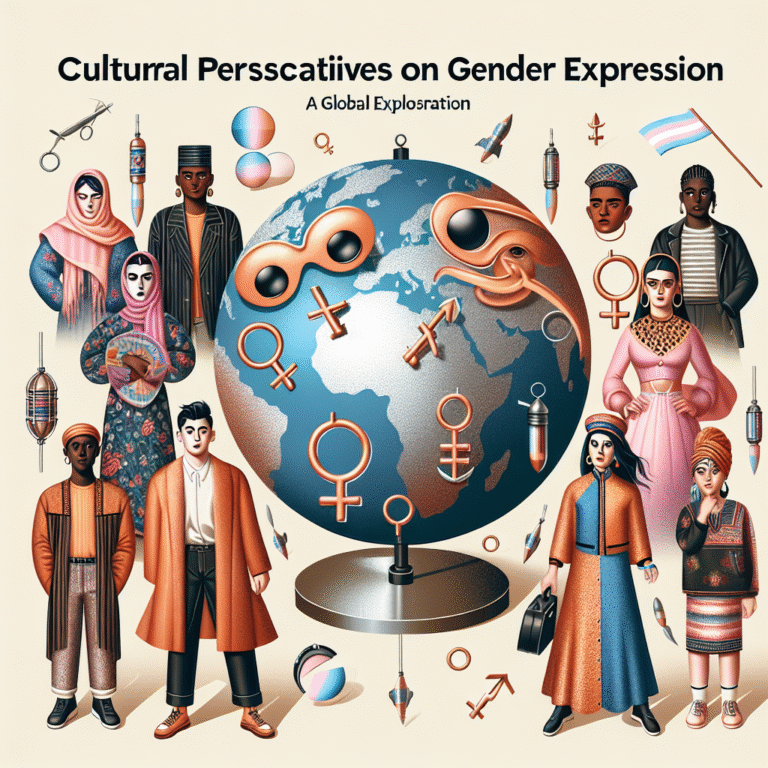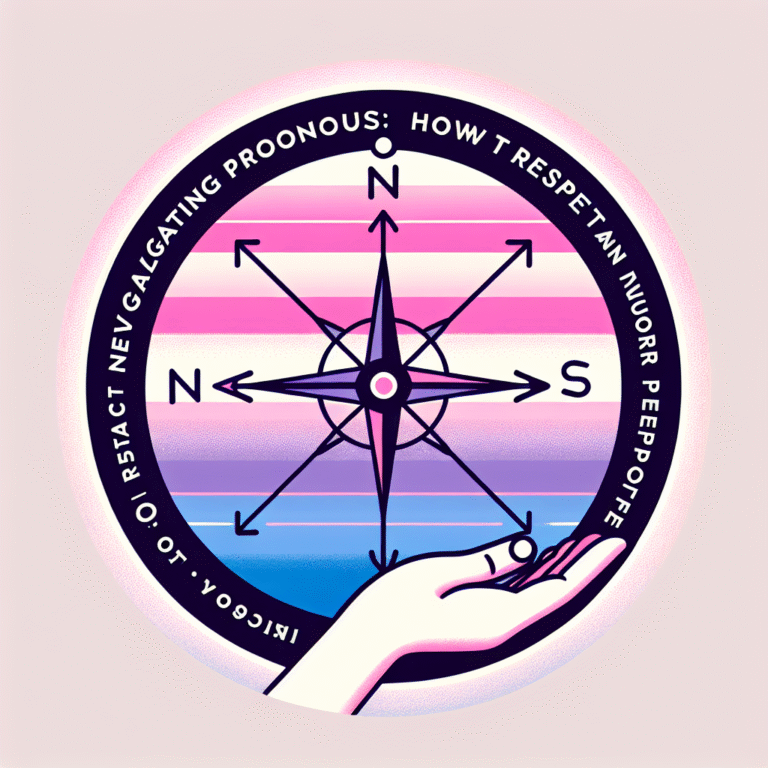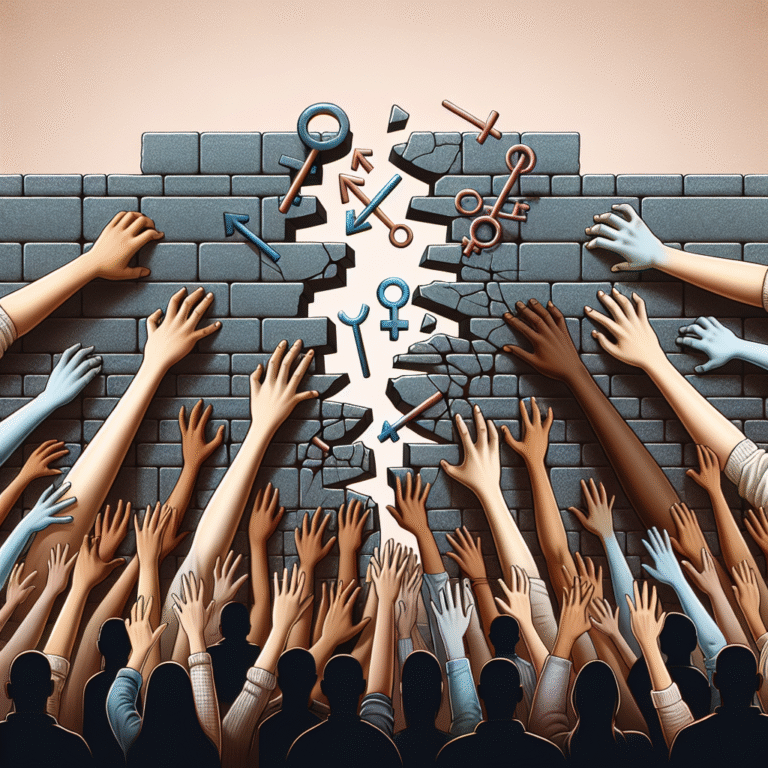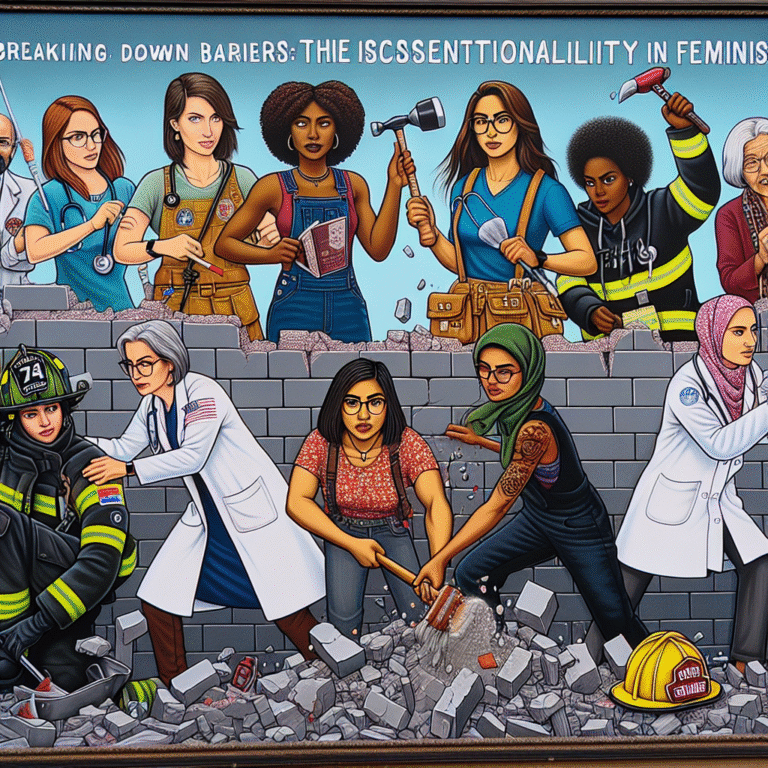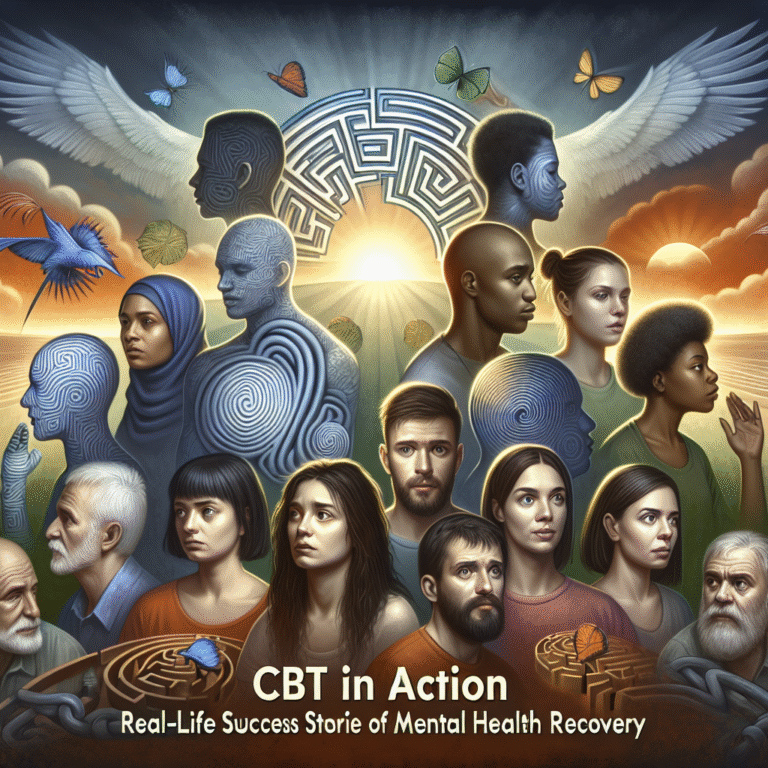
Introduction
In today’s increasingly diverse world, understanding transgender identity goes beyond mere awareness; it calls for a deep, personal exploration of one’s self and society’s role in that journey. The increasing visibility of transgender individuals in various spheres—from activism to media—marks a significant shift in cultural paradigms, challenging traditional notions of gender and identity. Still, for many, the path toward understanding transgender identity remains fraught with complexity, confusion, and a critical need for acceptance.
This article will guide readers on a profound exploration of what it means to understand transgender identity—a journey of self-discovery filled with personal stories, case studies, and essential insights. Ultimately, the goal is to foster a connection, evoke empathy, and inspire readers, regardless of where they are on their journey of understanding.
The Spectrum of Gender Identity
1. What is Gender Identity?
Gender identity refers to an individual’s personal sense of their own gender, which may or may not align with the sex assigned to them at birth. Understanding transgender identity involves recognizing that this identity spectrum includes but is not limited to male and female as binary options. It is crucial to acknowledge non-binary, genderqueer, and other gender identities that challenge traditional frameworks.
Case Study: Jamie’s Story
Jamie, a 24-year-old graphic designer, always felt different from their peers. While their biological sex was female, Jamie identified as non-binary. Their journey of self-discovery began at 18 when they attended a local LGBTQ+ community event. There, they met others who shared similar experiences, leading to an awakening and the realization that their identity fit outside the binary norms. Jamie’s experience underscores the importance of community and the recognition that understanding transgender identity can manifest in various forms.
2. The Importance of Language
Language plays a vital role in discussions around transgender identity. Utilizing correct pronouns and terms is an essential aspect of respecting and affirming someone’s identity. Understanding transgender identity, therefore, involves educating oneself about appropriate language and its impact.
Table: Common Pronouns and Their Usage
| Pronoun | Example | Usage |
|---|---|---|
| He/him | He is my brother. | Traditional male identity |
| She/her | She is my friend. | Traditional female identity |
| They/them | They are my colleagues. | Gender-neutral or non-binary |
| Ze/hir | Ze is an activist. | Gender-expansive alternatives |
Understanding transgender identity requires a commitment to inclusivity in language, fostering a culture of respect and understanding.
The Emotional Landscape
3. The Psychological Aspects of Transgender Identity
Exploring transgender identity involves delving into the psychological implications that can accompany one’s journey. Mental health challenges often arise from societal stigma, discrimination, and internal struggles with acceptance.
Case Study: Alex’s Transition
Alex, a 30-year-old teacher, underwent a challenging mental health journey before and during their transition from female to male. They faced significant anxiety, depression, and dysphoria until they came out to their friends and family. This acceptance catalyzed their journey, highlighting the need for supportive environments for those discovering their transgender identity.
4. Support Systems
Support systems, including family, friends, and community organizations, play an essential role in affirming transgender identity. A supportive network can significantly mitigate mental health challenges faced during the journey.
Table: Types of Supportive Resources
| Type | Examples |
|---|---|
| Peer Support Groups | LGBTQ+ community centers, online forums |
| Professional Help | Therapists specializing in gender identity issues |
| Educational Resources | Websites, workshops, and literature on gender |
Understanding transgender identity also involves recognizing that support comes from various sources and knowing where to seek help when needed.
Societal Implications
5. The Role of Society in Supporting Transgender Identity
The societal landscape plays a profound role in shaping experiences of transgender individuals. Legislation, media representation, and community acceptance are integral to fostering an environment where transgender identities can thrive.
Case Study: Legislative Changes
In recent years, various regions have seen significant progress in legal recognition of transgender identities—ranging from gender marker changes on identification documents to protections against discrimination. Laws such as the Equality Act in the United States exemplify positive strides toward recognizing and affirming transgender identities.
6. Media Representation
Media representation shapes public perception of transgender identities. While progress has been made, challenges remain. Understanding transgender identity demands a critical lens on how media portrays these experiences and the narratives they promote.
Table: Impact of Media Representation
| Medium | Positive Effects | Negative Effects |
|---|---|---|
| Television | Visibility, normalization | Stereotyping, misrepresentation |
| Film | Empowerment, diverse stories | Tokenism, lack of authenticity |
| Social Media | Community building, education | Cyberbullying, misinformation |
Understanding transgender identity involves critically engaging with media narratives and advocating for authentic representation.
Personal Growth and Affirmation
7. Coming Out: A Transformative Experience
For many, coming out is a transformative aspect of understanding transgender identity. This process embodies vulnerability, courage, and empowerment. Each individual’s journey is unique, influenced by personal, social, and environmental factors.
Case Study: Sam’s Coming Out Journey
Sam, a 22-year-old college student, struggled with their identity for years. The moment they came out as transgender was a pivotal point, marking the transition from confusion to empowerment. They described the experience as liberating but acknowledged the ongoing challenges faced, including familial acceptance.
8. Navigating Relationships
Understanding transgender identity also means navigating relationships—whether they be familial, platonic, or romantic. Each relationship holds the potential for growth and understanding, but it can also present challenges.
Table: Tips for Supportive Relationships
| Relationship Type | Strategies for Support |
|---|---|
| Family | Open communication, education |
| Friends | Learning together, active listening |
| Romantic Partners | Mutual respect, affirmation |
Fostering healthy relationships is key to navigating the journey of understanding transgender identity.
Conclusion
Understanding transgender identity is a dynamic, ongoing journey of self-discovery. It encompasses personal growth, emotional exploration, language, societal influence, and much more. Through sharing experiences, engaging with supportive networks, and challenging societal norms, individuals can navigate their paths to understanding and acceptance.
Whether you are exploring your identity or supporting someone who is, remember that the journey is deeply personal and uniquely yours. The empowerment gained through self-discovery can inspire others, creating a ripple effect of acceptance and understanding that extends far beyond.
FAQs
1. What does it mean to be transgender?
Being transgender means that an individual’s gender identity differs from the sex assigned to them at birth. This encompasses a variety of identities, including but not limited to trans men, trans women, and non-binary individuals.
2. How can I support a transgender friend or family member?
Supporting a transgender individual involves using their correct pronouns, listening to their experiences, educating yourself about transgender issues, and advocating for their rights and recognition.
3. What are some common challenges faced by transgender individuals?
Transgender individuals often face challenges such as societal stigma, discrimination, mental health issues, and difficulties in accessing gender-affirming healthcare.
4. Is transitioning the only way to affirm a transgender identity?
No, transitioning is a personal choice and can mean different things for different individuals, including social, medical, or legal changes. Not all transgender individuals choose to undergo transitioning processes.
5. How can I educate myself on transgender issues?
There are numerous resources available, including books, documentaries, workshops, and online courses. Engaging with transgender individuals’ personal stories can also provide valuable insights.
In exploring "Understanding Transgender Identity: A Journey of Self-Discovery," it is essential to approach the topic with empathy, respect, and a commitment to learning. Each journey is unique, and by fostering a deeper understanding, we can collectively create a more inclusive society for everyone.





